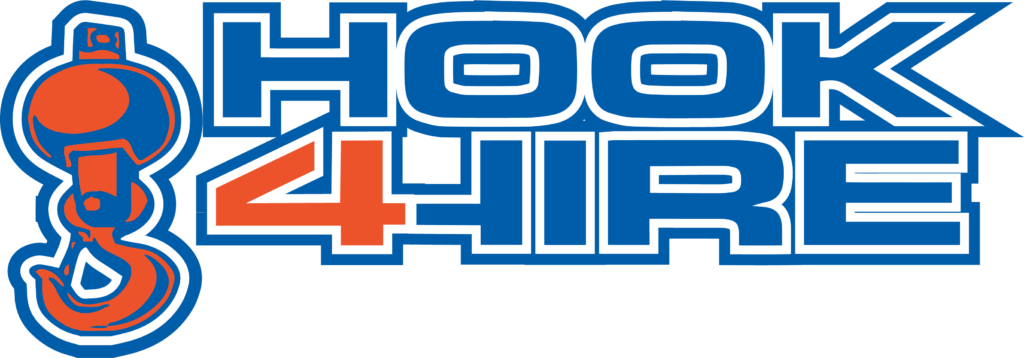On a construction site, you never know what danger awaits you. You also never know when a defective piece of equipment may put your or someone else’s life at risk. In the past, construction workers were able to rely on their employers to ensure that the rigging equipment was in good working condition.
Unfortunately, all it takes is one overlooked, a faulty piece of equipment to cause an accident. This is why it’s best to inspect your rigging equipment at least once every day, or before each shift. If you notice that a particular piece of equipment is not in working condition, have it replaced immediately.
What to Look Out For When Inspecting Your Rigging Equipment
While inspections may seem simple, there’s a lot you have to check to ensure that the rigging equipment is in tip-top shape. When you inspect your equipment, look at it closely to see if there are:
Sign #1: Damaged Synthetic Slings
Synthetic slings are among the most commonly used types of slings in the industry due to their strength and ability to withstand plenty of stress. These synthetic straps are also cheap, which means that many employers often use them. Unfortunately, synthetic slings are susceptible to damage.
The most common source of damage to synthetic slings is abrasions, which are typically caused by anything from a hard point to rough parts of a crane. When fraying occurs, the slings are at risk of breaking, which can prove to be very dangerous. If you see any fraying on the synthetic sling, replace it immediately.
Sign #2: Damaged Alloy Chain Slings
Alloy chain slings are one of the most common types of slings used in the industry. They offer a good combination of strength, flexibility, and durability, making them the ideal sling for short-term applications. Unfortunately, alloy chains are also susceptible to damage. The most common types of wear-and-tear include:
- Fraying
- Chipping
- Corrosion
Once you see the red flags mentioned above, it’s time to get them repaired or replaced.
Sign #3: Wire Rope Corrosion
Corrosion, or rust, is one of the most common signs of damage on a wire rope. Wire ropes are made of steel, which is a very reactive metal. If the wire ropes are not taken care of properly, they will start to corrode in no time.
Corrosion damages the wire rope by turning it into a waste material, making it ineffective for use. The corrosion happens in layers, so you will notice that the wire ropes are in a “peeling” state. When you notice this, it means that you must replace the wire ropes.
The Bottom Line: The Importance of Regularly Inspecting Your Rigging Equipment for Signs of Wear and Tear
When you inspect your rigging equipment, you’ll spot damages that would otherwise go unnoticed. By recognizing early signs of damage, you can prevent accidents before they happen.
How We Can Help?
If you need to obtain rigging equipment, we have a vast selection of synthetic, wire rope slings, chains, and other wire rope accessories. If you have any questions regarding choosing the right sling for your construction project, please contact us today and explore our wide range of crane services in Kentucky!
